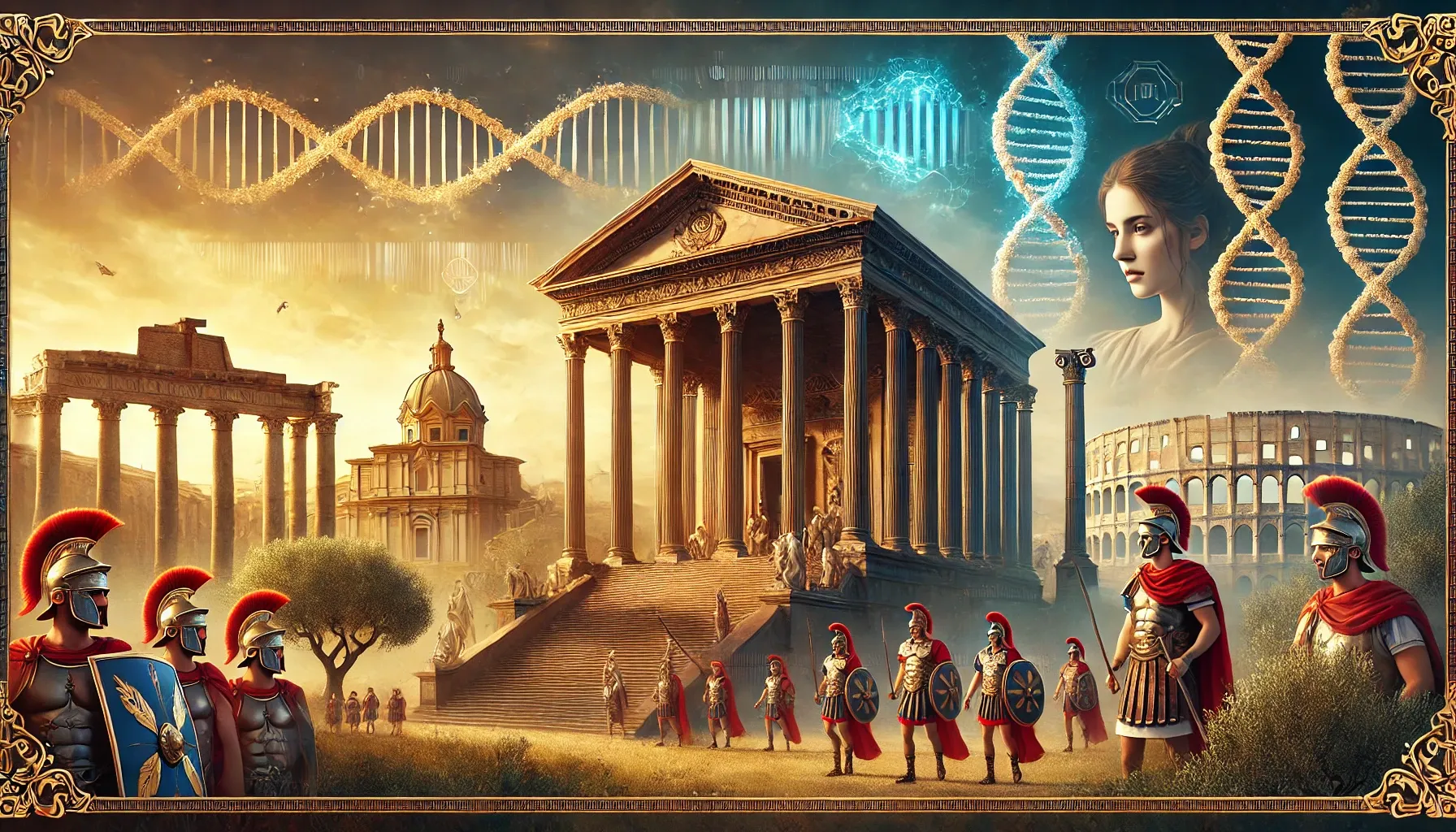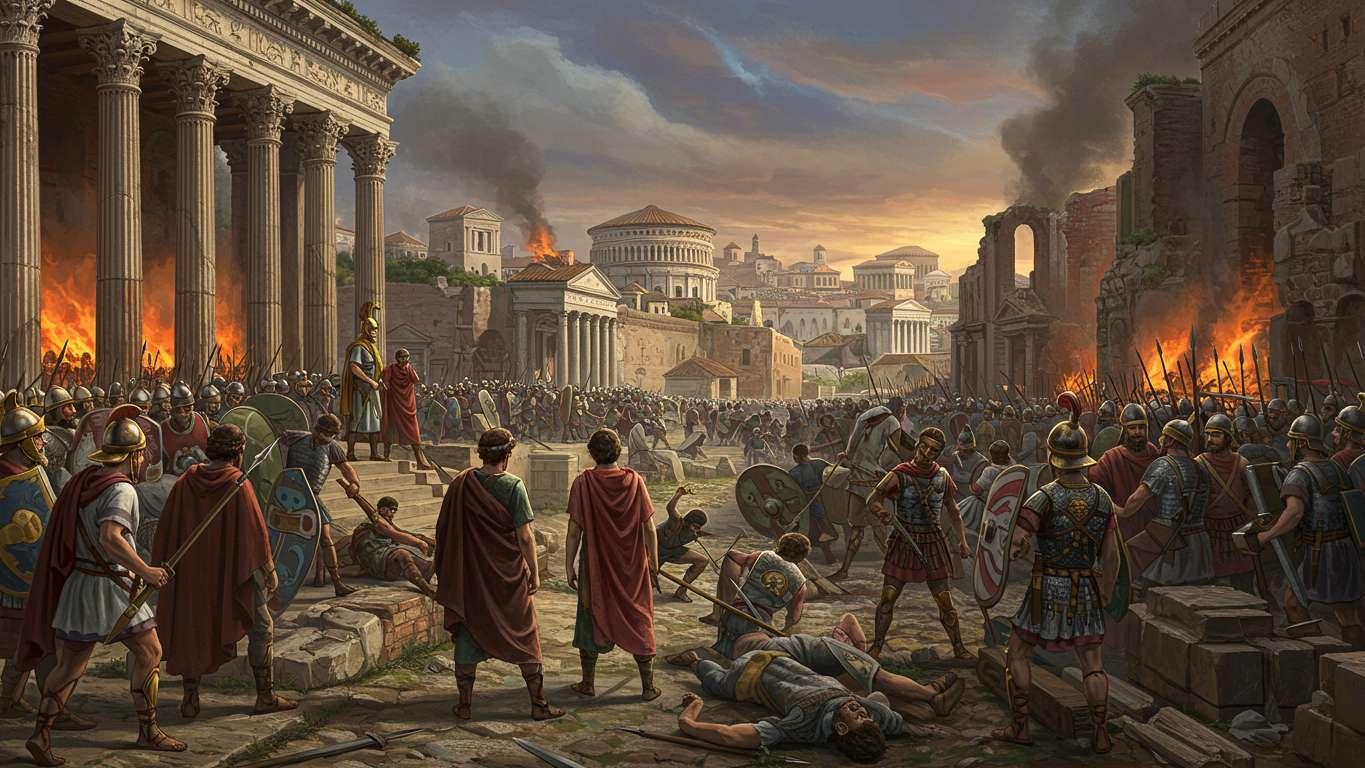Ancient DNA Sheds Light on Post-Roman Society in the Little Hungarian Plain





Ancient Migrations and Post-Roman Europe
What a delightful foray into the intricate dance of genetics and archaeology! This fascinating study unveils the tale of how ancient DNA intertwines with the historical fabric of the post-Roman period in the Little Hungarian Plain. It's a story of migrations and mingling, as the blend of Roman and barbarian societies formed the rich tapestry of early medieval polities against the backdrop of the Langobards and their Northern European ancestry. This work brings to life the richness of human interaction and settlement in early medieval Europe, reminding us once again how DNA and archaeology can join forces to illuminate the corners of our shared past.
Our fascination with the past often begins in books and museums — but some of the most revealing clues lie within our own DNA. You can explore these genetic echoes of history at www.mytrueancestry.com.
Recently unveiled genetic analysis data resurrects the forgotten stories of the Little Hungarian Plain, a landscape buzzing with change during the twilight of the Roman Empire. Stretching between the Alps and the Transdanubian Mountains, this region became an archaeological wonderland showing a blend of regional interactions and demographic changes. Buried beneath the soil of seven meticulously excavated archaeological sites lie the clues to a sweeping transformation—a breathtaking migration tale played out between the 4th and 6th centuries CE, a time roiling with the demise of structured Roman society and the advent of dynamic new communities.
The fascinating excavation sites, these windows to a vanished world, stretch across what was once a robust Roman frontier. Among them are the haunting cemeteries of Hegykő and Szeleste, revealing over a hundred graves each, their stories kept safe from time's erosion by the local soil. Meanwhile, intriguing smaller sites like Gyirmót, Kóny, and Ménfőcsanak offer a more intimate glimpse into these ancient communal lives. Archaeological sites such as Savaria, Scarbantia, and Arrabona served as vital hubs within this narrative, with Győr (Arrabona) standing out with its Roman urban legacy that transcended into the post-Roman epoch.
The decline of the mighty Roman Empire ushered in a transformative era in the lands where the Danube grazes the vast expanse of Central Europe. In this orchestration of epochs, the Langobards appear as pivotal actors, engineering a northern European presence in Hungary's belly. The provender of Roman towns received an infusion of new Northern European DNA—a signpost that marks intense migratory waves and tells tales of dynamic intermingling. Despite their profound narrative silence, these new settlers left indelible marks: shifting burial traditions, unique artifacts like eye-catching brooches, and kinship patterns enshrined in grave goods.
Like opening a treasure chest from the past, these archaeological sites have yielded fascinating grave goods that illuminate how communities crafted identities and hierarchies. Common finds included intricate brooches, rosette-shaped disc brooches, and a dazzling array of garnet-inlaid jewels from ornate brooches to weaponry. Meanwhile, weapons buried with the dead tell stories of elite status and societal roles, affirming the intertwining of ancestry and cultural symbolism. Nestled alongside skeletal remains, these artifacts paint stark pictures of the shifting sands of identity, indicating vibrant cultural exchanges with trade routes stretching to the Mediterranean.
The research incorporates ancient DNA from 314 individuals whose stories have been buried for centuries. The wise skeletons still speak through the incisive language of DNA, revealing familial ties etched in genetic memory. Skeletons at Hegykő, bonded closely through shared strands of ancestry, suggest a tightly knit community, while the less-closely related Szeleste suggests an evolving, more diversely woven society. Among the sea of genetic specimens, individuals rise to tell us about the interwoven threads of ancestry, exhibiting a rich tapestry of both Northern and Southern European genetic lineage—proof of the sweeping migrations that intertwined disparate peoples into a shared domain.
Individuals of Hegykő reveal not just genetic information but structured lives through social order hinted at by their resting places. Patterns of attributable ancestry lay out a hierarchical tale likely underpinned by the conjunction of biology and shared culture. At Szeleste, notable for its stratified burial practices, individuals' final resting places spoke of interwoven family ties and social importance. Across these silent bones, the echoes of prestigious kinship and emerging societal stratifications shimmer through time's haze, suggesting communities where lineage was an essential thread in their social fabric.
The integration of personal stories through DNA has revealed significant changes in subsistence patterns, indicating shifts from urban Roman lifestyles to rural Langobard living. Dietary changes marked by isotope analyses revealed distinct dietary modifications observed between individuals with Southern and Northern European ancestry, reflecting the blend of traditions and a changing way of life. The comprehensive data painted a picture of interconnectedness—material culture displayed shared elements, such as common brooch styles and household items, while food consumption patterns marked the transition between old and new ways of living.
Post-Roman Little Hungarian Plain was not a static picture but rather a mosaic of diverse community formations. The cemeteries at sites like Gyirmót and Ménfőcsanak painted pictures of smaller, likely strategic settlements that were part of larger networks of renewed social organization over the shattered remains of the Roman structure. Burials tell us stories underpinned by migration, marriage, and the melding of cultures and kin traversing lands from Pannonia's heartland to Italy. Such distinct structures reflect new forms of organization as incoming groups stood beside existing populations, merging, resisting, and evolving.
The Langobard Kingdom was not a mere scattering but a forging of bonds—bloodlines inflamed into societal frameworks upon which leaders built a budding realm. This community mosaic—born of shared northern traits mingled with Roman relics—suggests the Langobards weren't merely invaders, but artisans of new societies upon ancient frameworks. The mixture of genetic and archaeological data highlights how these communities not only cohabited but interwove their distinct heritages into a singular regional identity, marking the dawn of a new historical era.
https://www.biorxiv.org/content/10.1101/2025.08.18.670760v1
Discover how your DNA connects to ancient civilizations at www.mytrueancestry.com.
Comments